From the history of Asian massage to the different types of massages available, this blog post has everything you need to know. So whether you’re a first-time visitor or a regular one, we hope you find it helpful.
Contents
What is an Asian massage?
Asian massage, also called “tui na” or “yin and yang massage,” is a type of massage that uses pressure and finger strokes to work out the knots and tension in the body. The therapist will typically use their hands, elbows, and feet to work on specific areas of the body.
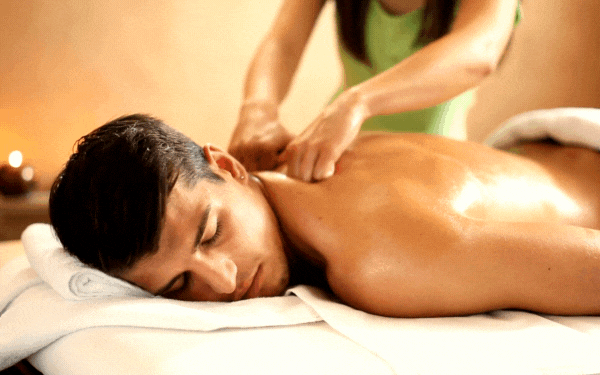
It is often used to treat pain, stress, and fatigue. Asian massage is based on Chinese medicine, which believes that the body’s energy is divided into two parts: yin (feminine) and yang (masculine). Yin energy is associated with emotions and feelings, while yang energy controls our physical activities. The goal of the massage is to restore the balance between these energies by working out any knots or restrictions in the body.
This type of massage can be particularly beneficial for those with chronic pain or tension headaches, as it can help improve circulation and reduce inflammation. Some people also find it helpful for relieving stress and anxiety. In addition, Asian massage is often used as a pre-treatment for other types of massage services.
Some common benefits are decreased stress levels, improved circulation, relief from headaches and chronic pain, and increased flexibility. Some people also find it to be relaxing and invigorating. Because Asian massage is based on different cultural traditions, it often incorporates specific techniques that can provide unique benefits.
The history
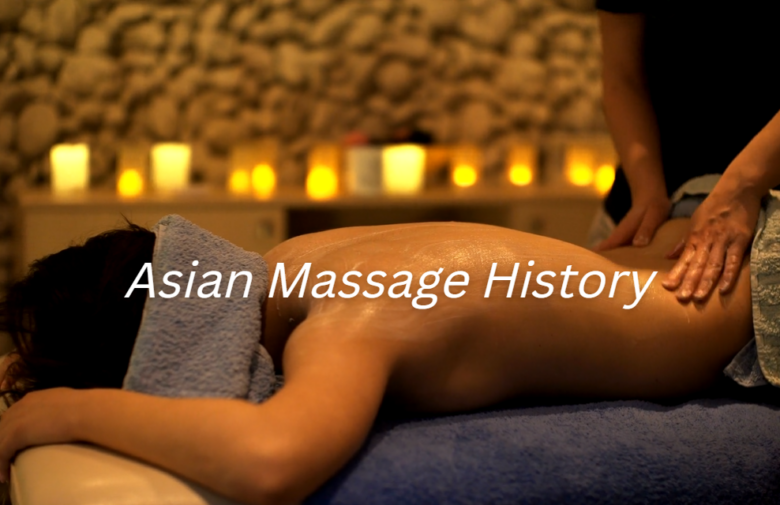
According to the National Institute of Health, massage therapy has its roots in ancient Eastern practices.
The history can be traced back over 3,000 years. The practice of massage was first mentioned in ancient Indian texts, such as the Mahabharata. The Chinese referred to it as “tui na” and the Japanese called it “sen no ryouri”.
The origins of Asian massage are shrouded in mystery. Some believe it may have originated with the ancient Egyptians who used massage to heal injuries. Others believe that it originated with Ayurveda practitioners who used massage to improve circulation and relieve stress.
Whatever its origins, Asian massage quickly became popular throughout the region. By the 6th century AD, it had spread to China and Japan where it developed into its own unique form. In China, traditional Chinese massage is based on the use of pressure points along energy pathways called meridians.
In Japan, traditional Japanese massage uses friction and pressure to stimulate the body’s sen system. Today, Asian massage is practiced worldwide by people of all ages and backgrounds. It has been shown to be effective in treating a variety of conditions including anxiety, chronic pain, and stress relief.
Elements of an Asian massage
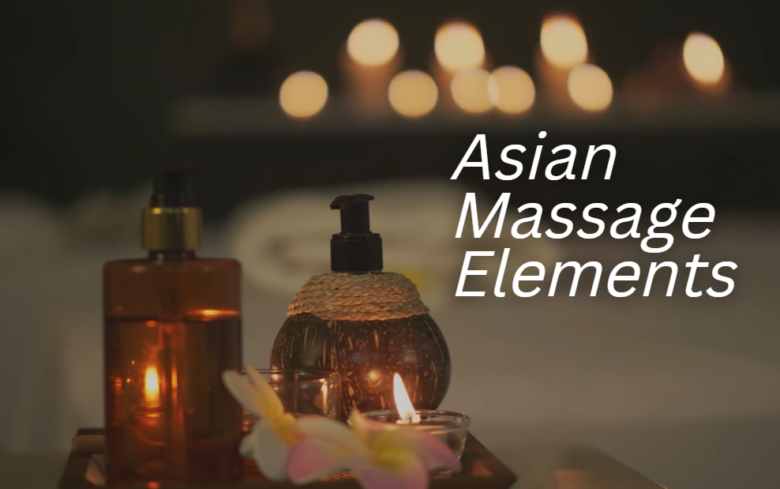
There are many different types of Asian massage, but all share some common elements. First and foremost, these massages are typically focused on pressure and deep tissue manipulation. This allows the therapist to work out knots and tension in the body without causing any pain or discomfort. Additionally, they often use aromatic oils and herbs to enhance the experience.
Some of the key elements that make an Asian massage unique are the use of pressure and friction. These two factors work together to help relieve tension and pain in the muscles and joints.
Another key element is the use of aromatherapy. Many Asian masseuses use scents such as ginger, peppermint, or jasmine to help relax their clients before and during the massage.
Finally, it requires a lot of patience and effort from the therapist. They must be able to maintain a calm demeanor while working with difficult clients who may be tense or resistant.
How to give a massage
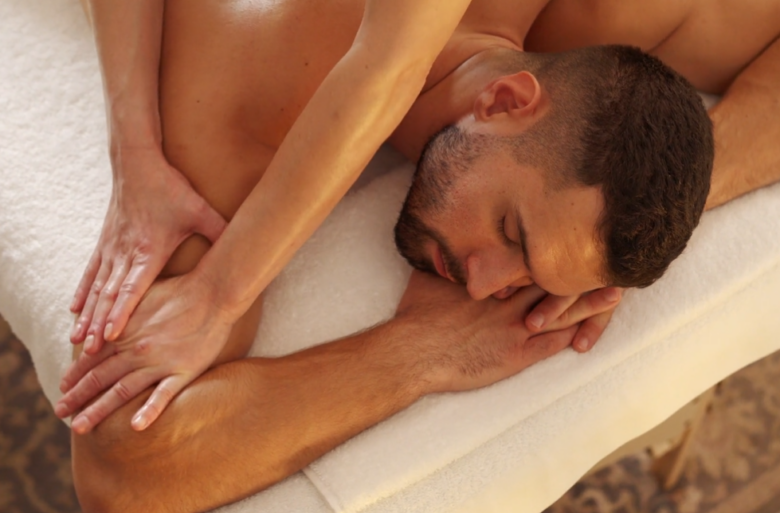
This Oriental therapy is known for its deep, penetrating pressure and therapeutic benefits. Here are five steps to a perfect massage:
1) Appreciate the area you’re working on. A good way to start any massage is by focusing on your client’s physical sensations. If you can feel what they are feeling, it will help reduce anxiety and promote relaxation.
2) Use light, firm pressure. Start with gentle strokes and work up to firmer pressures as needed. Be sure not to apply too much pressure or you may cause pain or discomfort.
3) Use slow strokes throughout the body. This will help reduce tension in the muscles and promote deep relaxation.
4) Apply heat when necessary. Indulge in some soothing aromatherapy before beginning your massage if you think it will help ease tension or stress levels in the person receiving the treatment. A hot towel wrap can also be very relaxing before the massage treatment begins.
5) Let them choose their own pace. Most people appreciate a slower massage that focuses on overall relaxation instead of rushed strokes that cause more pain and discomfort later on down the line. Let the person know what you’re doing and allow them to take the lead.
How to receive an Asian massage
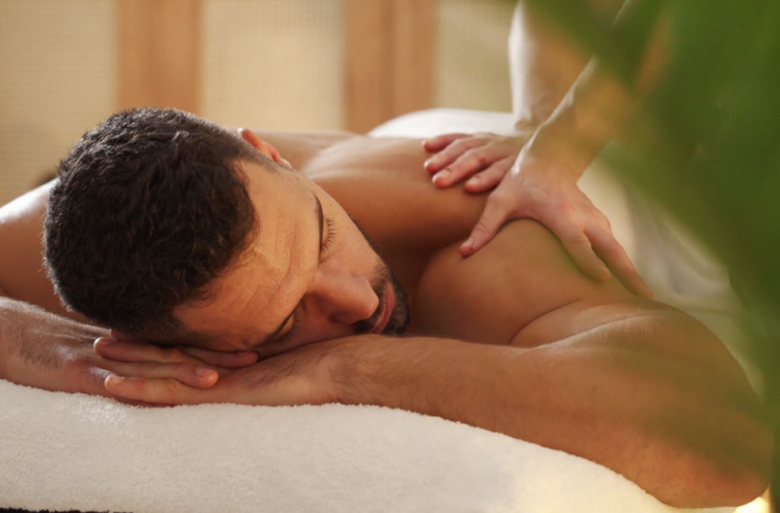
To receive an Asian massage, you’ll need to be comfortable being nude. Many masseuses will provide a robe or sheet to cover up with. Some essential oils are also used during the massage, so please be aware of this if you’re sensitive to smells.
Once you’ve arrived at your appointment, the masseuse will ask you to undress completely except for your underwear or bathing suit. She may ask you to lie down on your back or sit up in a chair so she can get a better view of your body.
The masseuse will then begin by placing her hands on your shoulders and slowly moving them down your back. She’ll use gentle pressure and long strokes to work out the knots in your muscles. You may feel some pain at first, but it will eventually become less intense as the massage progresses.
As the masseuse works her way down your spine, she may also use her feet, elbows, and hands to stimulate other areas of your body. You can let yourself go with the flow or take control of the session by lifting your hips or using your own hands to move around.
Some people find Asian massage especially relaxing because it’s usually performed in a quiet atmosphere without any talking.
How Asian Massage Parlor Happy Endings Work
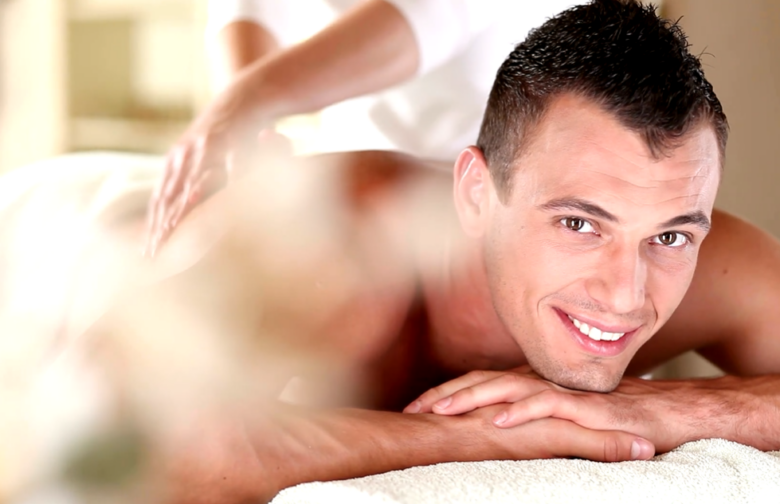
Massage parlors in China in particular are often associated with happy endings or sexual activities. Many people believe that these activities are the main attraction of these businesses, but this is not always the case. In fact, many massage parlors in China offer traditional massages as well.
The main difference between Chinese massage and other types of massages is the way that they are performed. In traditional Chinese massage, energy is used to stimulate the flow of qi (pronounced chee), which is thought to promote well-being and balance in the body. This type of massage is often used for relief from pain and stress.
Many people believe that happy endings are only available at massage parlors that offer traditional massages. However, there are also many massage parlors in China that offer sexual services as part of their repertoire (typically involving either a handjob or a blowjob).
These services can be quite lucrative for the masseuse, as they can make up a large portion of their income. There are also a number of websites dedicated to helping masseuses find clients willing to pay for sexual services. This industry has become increasingly popular over the past few years, as it offers an alternative to prostitution.
FAQ
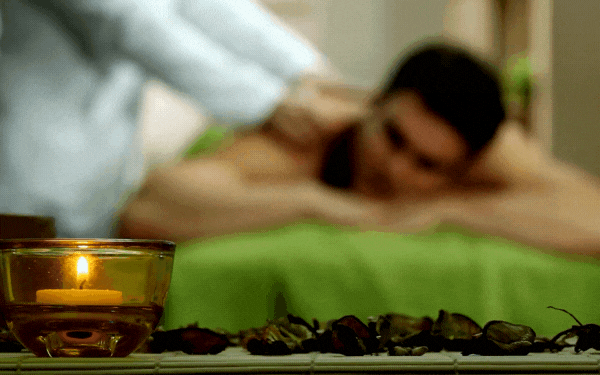
What is special about Asian massage?
Asians believe that the body is a vessel for the soul and that all parts of the body must be treated with care and respect. As a result, Asian massage is often focused on the areas around the heart, head, neck, shoulder, and spine. Many masseurs will also use pressure and finger techniques to work out knots in these areas.
Another unique feature is the use of herbs and spices. Many masseurs will blend different herbs and spices together to create unique blends that help to improve circulation, relieve pain, and promote relaxation. Some popular blends include ginger, rosemary, lavender, chamomile, licorice root extract, turmeric root extract, and orange peel oil.
Overall, Asian massage is very relaxing and beneficial for overall health. It can help to reduce stress levels, tension headaches, back pain, rheumatoid arthritis pain, neck spasms/cramps, and asthma symptoms, improve sleep quality, and balances the autonomic nervous system.
What is a yin-yang massage?
A yin-yang massage is a type of massage that employs both gentle and vigorous strokes on the body, focusing on the energy of Yin and Yang. The aim of the massage is to balance these energies and restore balance within the body. Yin-yang massage employs circular, back-and-forth, or side-to-side strokes on different parts of the body. It is believed that this type of massage can help to improve circulation, relieve tension headaches and neck pain, reduce stress levels, and improve sleep quality.
Should you expect a happy ending at the Asian massage parlor?
If you are looking for an intimate experience with a masseuse, you may be disappointed if you expect a happy ending. In Asia, massage is often seen as a sensual experience that allows people to unwind. The emphasis is on the therapeutic benefits of the massage, not the sexual nature of it. This means that there is usually no expectation of sex or romantic involvement from the masseuse.
Conclusion
If you’re looking for an invigorating massage that will leave you feeling relaxed and rejuvenated, consider scheduling an appointment with one of the many reputable Asian masseuses in town. From traditional Thai massages to more exotic styles like shiatsu and reflexology, these therapists are experienced in treating a variety of aches and pains.
